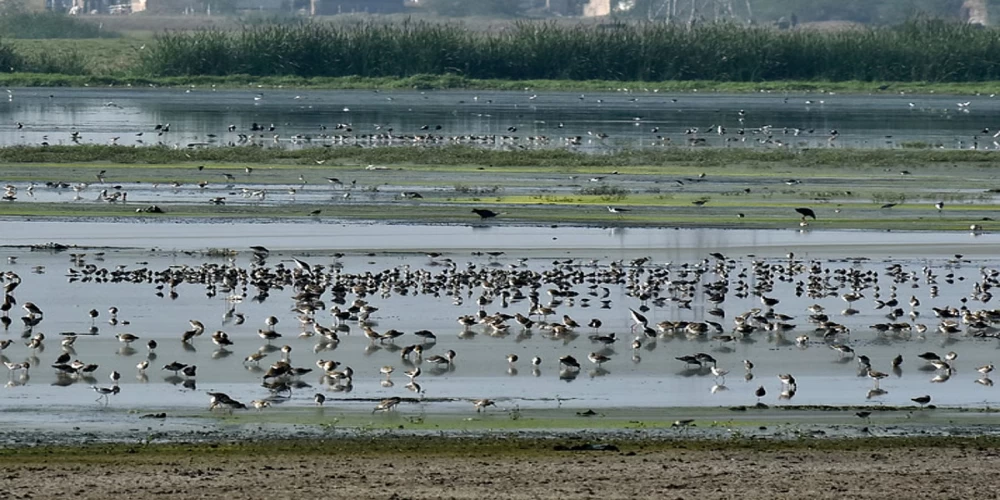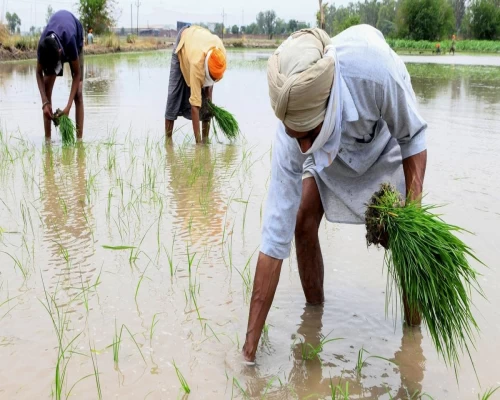
New Delhi: Khichan in Phalodi and Menar in Udaipur have been designated as Ramsar sites, joining the growing list of Wetlands of International Importance from India. The announcement was made on the eve of World Environment Day by Union Environment Minister Bhupender Yadav, who posted on X, “Two new entrants to the list of Wetlands of International Importance… This addition takes our tally to 91”. Prime Minister Narendra Modi also responded, calling it “Great news!” and noting that “India’s strides in environmental conservation are happening with great vigour and are powered by public participation”.
With this, India now has 91 Ramsar sites under the international convention that promotes wetland conservation. Signed in 1971 in Ramsar, Iran, the Convention defines wetlands as marshes, fens, peatlands, or bodies of water—natural or artificial—supporting biodiversity and providing critical ecosystem services such as water supply, flood control, and climate regulation.
The Menar Wetland Complex consists of three ponds—Braham talab, Dhand talab, and Kheroda talab—along with surrounding agricultural fields that become inundated during monsoons. The site is home to 110 waterbird species, including 67 migratory species, and supports endangered birds like the white-rumped vulture and long-billed vulture. Over 70 plant species are found here, and a large colony of Indian flying foxes nests in the mango trees near Braham talab. The Ramsar Convention notes that Menar is “one of the best examples of community-led conservation in Rajasthan,” with local villagers playing an active role in protecting wildlife.
Khichan Wetland, located in the Thar Desert, includes two water bodies—Ratri nadi and Vijaysagar talab—alongside scrublands and riparian zones. The site supports over 150 bird species and is especially known for hosting over 22,000 migratory demoiselle cranes each winter. Local residents help protect the birds by mitigating risks from power lines and stray animals. The site draws tourists, students, and researchers interested in birdwatching and desert ecosystems.
Both wetlands highlight the importance of community participation in environmental conservation and contribute to India’s growing network of protected ecological zones.
BI Bureau












 (13)_500_x_400.webp)
